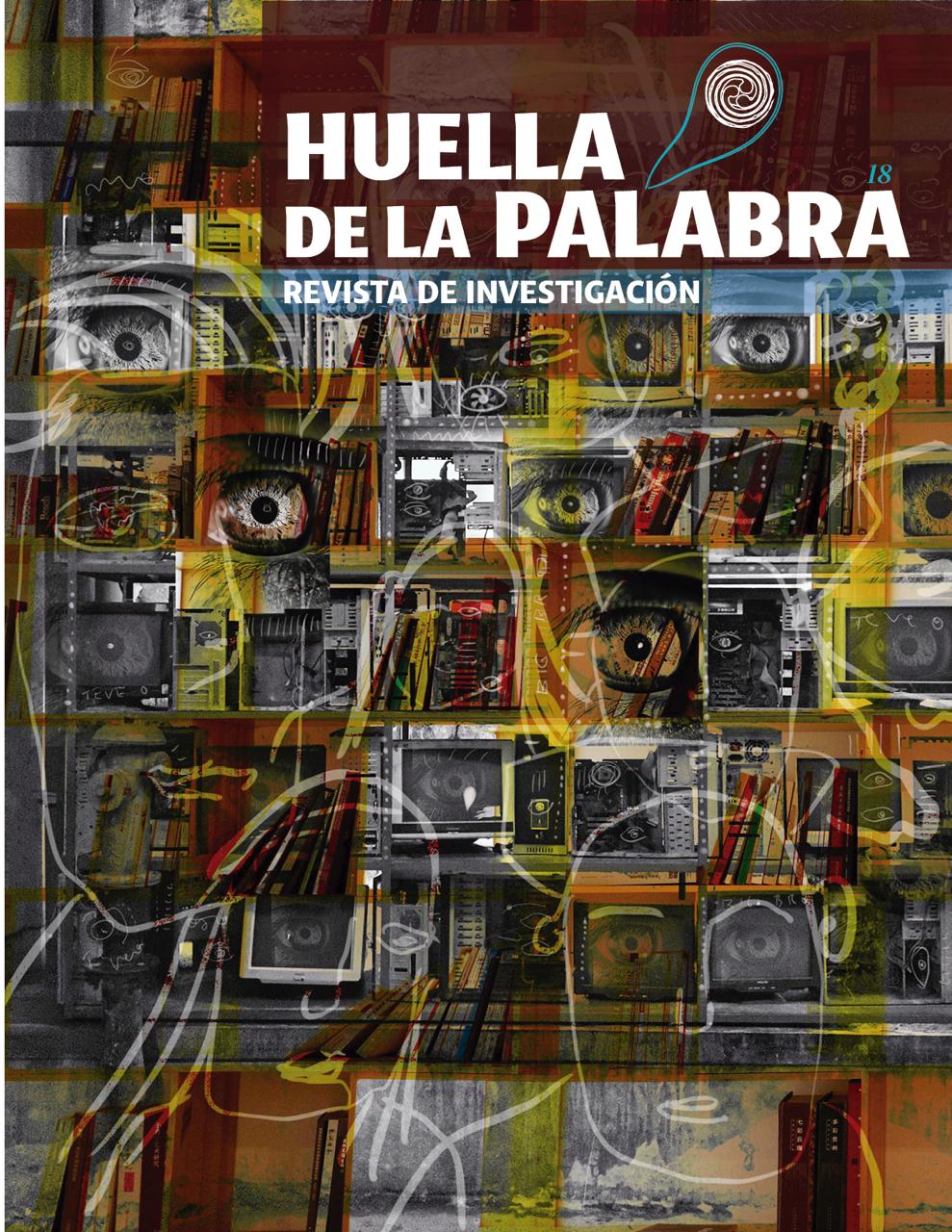The impact of gender violence on indigenous communities
Challenges and solutions to guarantee the right of indigenous women to live a life free of violence
DOI:
https://doi.org/10.37646/huella.v18i18.629Keywords:
Human rights, Gender violence, Indigenous women, Life free of violenceAbstract
Gender violence is a global problem that affects women of all ages, races, ethnicities and social classes. However, this research will focus on a particularly vulnerable and marginalized group: indigenous women.
This article aims to explore the impact of gender violence against indigenous women, firstly by examining the concepts of violence, gender violence, indigenous, indigenous communities, indigenous women.
It will delve into the causes that fuel this problem, analyzing the harmful consequences for both women themselves and their communities and cultures. Approaches and possible solutions will also be presented to effectively address this challenge.
Finally, the importance of recognizing and respecting cultural and ethnic diversity will be highlighted, as well as promoting gender equality and human rights at all levels of society.
Downloads
References
(UNICEF), Fondo de las Naciones Unidas para la Infancia. Breaking the Silence on Violence against Indigenous Grils, Adolescents and Young Women. Nueva York, 2013.
Browne, K. Count Me in too - Additional Findings Report. Domestic Violence and abuse. LGBT . [versión electrónica]: www.countmeintoo.co.uk, 2007.
Calabrese. La Violencia en el hogar. Madrid, España: Leviatán, Revista de hechos e ideas, II Época, nº, 1997.
CIDH. “Las Mujeres Indígenas y sus Derechos Humanos en las Américas. 2017.
—. Acceso a la justicia para mujeres víctimas de violencia en las Américas. OEA/Ser.L/V/II. Doc.
, 2011.
—. Mujeres indígenas desaparecidas y asesinadas en Columbia Británica. Canadá: OEA/Ser.L/V/II. Doc. 30/14, 2014.
ENDIREH. Encuesta Nacional Sobre la Dinámica de las Relaciones en los Hogares. 2006.
ESADE. Informe Randstad Acoso Moral (mobbing). [versión electrónica] : http://itemswed.esade.edu/biblioteca/archivo/Informe_Randastad_acoso_moral.pdf, 2003.
Gorjón B., M. C. La respuesta penal frente al género. Una revisión crítica de la violencia habitual. Salamanca: Universidad de Salamanca: Tesis doctoral digigida por Gómez de la Torre, I. B., 2010.
Humanos, Comisión Nacional de los Derechos. Las Costumbres Jurídicas de los Indígenas.
México, s.f.
Humanos, Oficina Regional para América Central del Alto Comisionado de las Naciones Unidas para los Derechos. n Diagnóstico sobre la situación de los derechos humanos de los pueblos indígenas en América Central, Volumen I. 2011.
IDH, Corte. Caso Fernández Ortega y otros vs. México, Fondo, Reparaciones y Costas, Sentencia de 30 de agosto de 2010. Serie C No. 215, párr. 200. , 2010.
—. Caso Rosenda Cantú y otra vs. México, Excepción Preliminar, Fondo, Reparaciones y Costas, Sentencia de 31 de agosto de 2010. Serie C No. 216, párr. 174, 2010.
INEGI. Encuesta Intercensal. 2015.
LORENTE, M. y LORENTE. J. A. “Entre la realidad y el mito cultura”. En Agresión a la mujer, maltrato, violación y acoso". Granada: Comares, 1998.
MAQUEDA, M. L. “La violencia de género. Entre el concepto jurídico y la realidad social”. Revista Electrónica de Ciencia Penal y Criminología,8, 2006.
OMS. Informe mundial sobre la violencia y la salud. Washington, DC: OPS: [versión electrónica] http://www.who.int/violence_injury_prevention/violence/world_report/en/abstract_e s.pdf, 2002.
ONU. Declaración sobre la Eliminación de la Violencia contra la Mujer. Resolución de la Asamblea General 48/104, de 20 de diciembre de 1993.: http://servindi.org/pdf/DecEliminacionViolenciaMujer.pdf, 1993.
—. Informe del Secretario General. Estudio a fondo sobre todas las formas de violencia contra la mujer. http://www.eclac.cl/mujer/noticias/paginas/1/27401/InformeSecreGeneral.pdf, 2006.
R.Motta, Cf. L’addomesticamiento degli etnodiritti. Milan: Unicopli, 1994.
Unidas, Naciones. “La discriminación contra la mujer suele estar íntimamente vinculada con la
discriminación por otro . 2000.
Vidal. “Los nuevos eceleradores de la violencia remodernizada” en García-Mina F., A. Madrid: Universidad Pontificia Comillas de Madrid.Welzer-Lang (, 2008.
Published
How to Cite
Issue
Section
License
Copyright (c) 2025 Bertha Isabel Melo Vera

This work is licensed under a Creative Commons Attribution 4.0 International License.
Authors who publish with this journal agree to the following terms:
- Authors retain copyright and grant the journal right of first publication with the work simultaneously licensed under a Creative Commons Attribution License 4.0 that allows others to share the work with an acknowledgement of the work's authorship and initial publication in this journal.
- Authors are able to enter into separate, additional contractual arrangements for the non-exclusive distribution of the journal's published version of the work (e.g., post it to an institutional repository or publish it in a book), with an acknowledgement of its initial publication in this journal.
- Authors are permitted and encouraged to post their work online (e.g., in institutional repositories or on their website) prior to and during the submission process, as it can lead to productive exchanges, as well as earlier and greater citation of published work.









